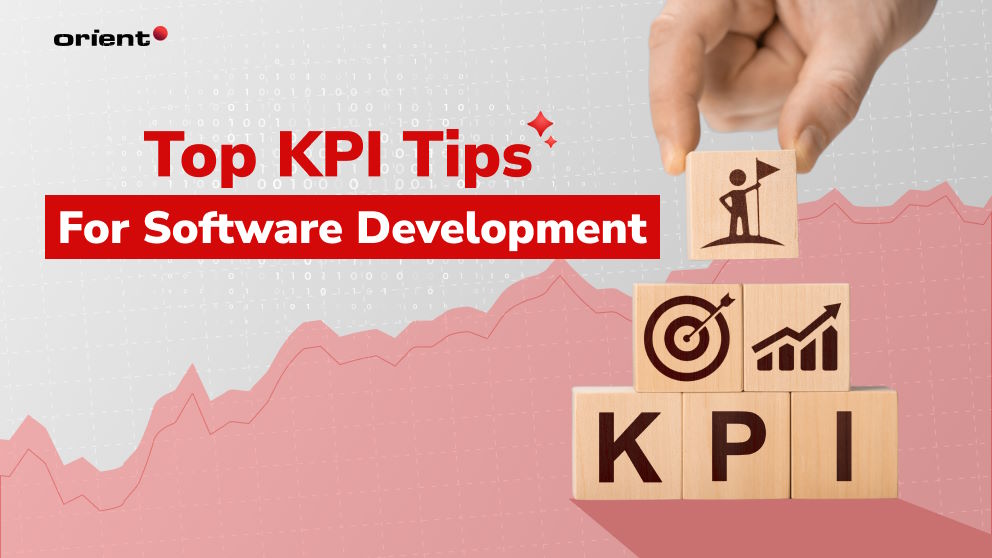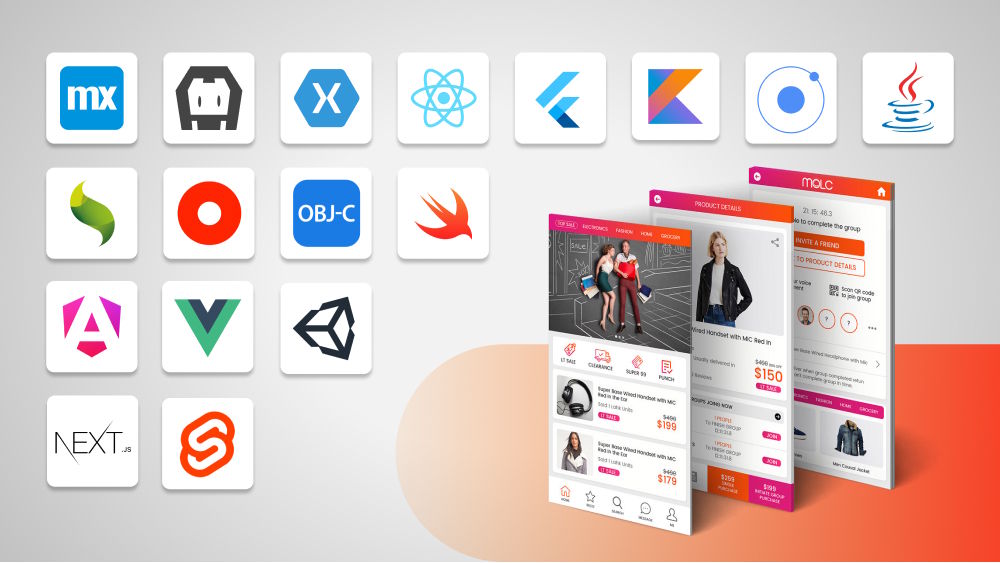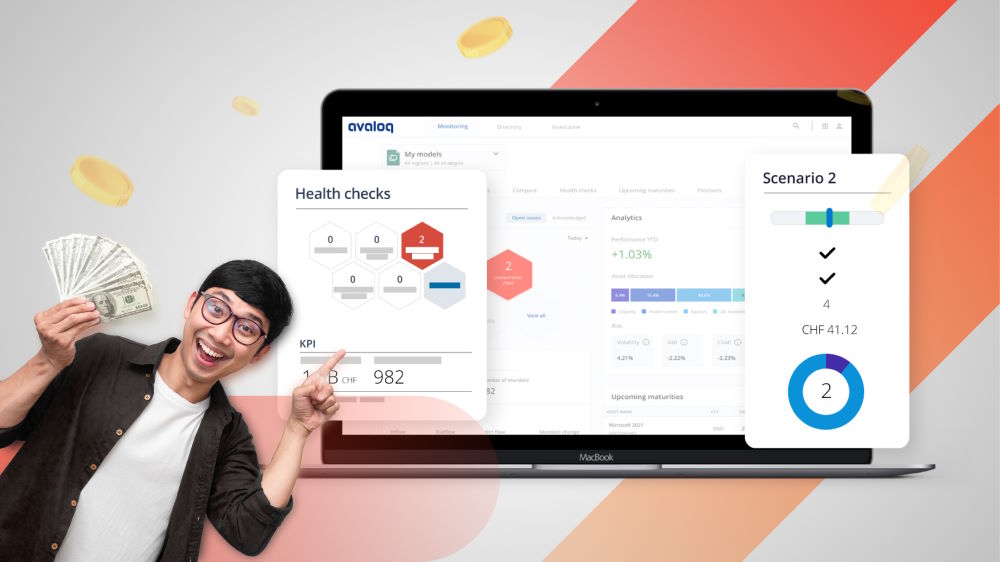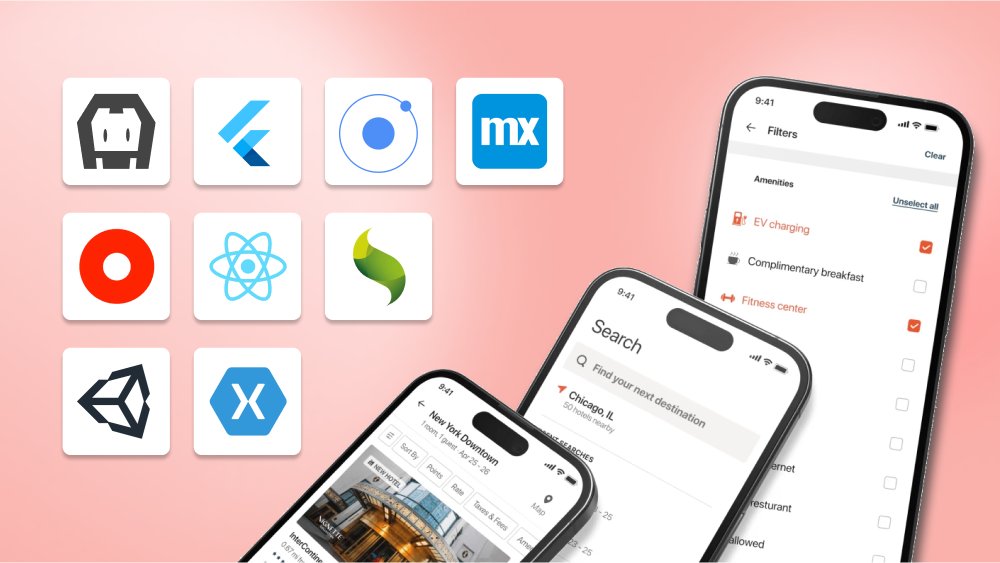KPI Software Development: Top Mandatory KPIs & Tips to Achieve Each

Content Map
More chaptersHaving business objectives in the first place is a good thing. However, have you ever wondered how to measure desired outcomes or goals that an organization aims to achieve? Rather than relying solely on subjective assessments, KPIs in software development offer a more data-driven approach to measuring success.
Don’t take KPI software development slightly, as it brings much to businesses of all kinds. Without clearly defined indicators, business owners may fail to understand how their business operates, and project managers may struggle to assess the overall status and effectiveness of the project properly.
Setting measurable goals like KPIs helps people increase their ability to accomplish by 33%. But which KPIs are suitable for your software development projects? What are common mistakes when setting KPIs? Find the answer in this article.
What Are Software Development KPIs (Key Performance Indicators) All about?

Software development KPI is a collection of measurable indicators that serve as performance metrics directly tied to the organization’s objectives. Businesses use them to assess and evaluate the effectiveness of a given product, including the performance of software development teams and processes.
By setting software development KPIs, software developers self-assess their development efforts against predefined standards and goals, thereby drawing valuable insights related to productivity, quality, customer satisfaction, and project success and making necessary adjustments.
For instance, if a company aims to increase customer satisfaction, relevant KPIs could be Net Promoter Score (NPS), customer retention rate, or customer feedback ratings. These KPIs are a solid basis to help businesses measure their ability to satisfy customer needs, identify areas of improvement, and track progress over time.
Top Indispensable KPIs for Software Development & Proven Strategies for Success
There are hundreds of KPIs to consider during the software development processes. Each type of software product, each specific objective, and each methodology corresponds to a different set of KPIs. However, some are cut across the board if you want to scale your software successfully. Here are the top software development KPIs, along with expert tips to achieve each.
Cycle Time
Cycle time in software development represents the duration it takes for a work item, such as a task, feature, user story, etc. In other words, it measures the total time to complete the entire software development lifecycle, from the beginning to the end, including analysis, design, development, testing, and deployment.
By tracking cycle time, organizations can evaluate how quickly they can deliver value to target customers and stakeholders. If certain phases consistently take longer than others, it serves as a criterion to highlight areas for improvements where productivity can be increased and automation could be beneficial to shorten time-to-market.
How to increase your chances of achieving this KPI:
- Break down tasks into manageable units.
- Streamline collaboration among team members using communication tools.
- Implement Agile methodologies like Scrum or Kanban to improve efficiency.
Code Stability
Code stability is a concept that refers to the code quality and reliability. It implies how well the codebase performs its intended functions without the appearance of errors, crashes, or unexpected behavior. While stable code is less prone to bugs, unstable code can potentially cause cyber security risks.
Code stability is one of the critical software development KPIs as it directly affects the quality, performance, and success of the project. It is typically achieved through code reviews, rigorous testing, and following best practices in software development security.
How to increase your chances of achieving this KPI:
- Break down complex code bases into smaller pieces.
- Minimize dependencies on volatile components.
- Implement quality assurance practices and robust testing types during the software development process.
Code Coverage
Code coverage is a specialized indicator used in software development to evaluate and measure the extent to which the source code of a software system is tested by a set of test cases. It represents a percentage of how many code lines, statements, branches, or conditions were executed during testing.
By carefully analyzing code coverage, businesses receive meaningful insights into how thoroughly the codebase is exercised by tests and helps assess the effectiveness of the testing process. Higher code coverage represents a more significant portion of the codebase being tested, reducing the likelihood of undiscovered vulnerabilities.
How to increase your chances of achieving this KPI:
- Prioritize writing automated tests for critical functionalities.
- Regularly review and update test coverage to keep up with code changes.
- Use code coverage tools to analyze areas with low coverage.
Code Rework
Code rework, also known as code remediation or code refactoring, refers to the process of making improvements to existing code without changing its external behavior. As the codebase evolves over time, additions and changes make the code difficult to understand and maintain.
Regularly performing code rework helps the software development team proactively refactor the codebase, improve its structure, and reduce technical debt where poorly written code can hinder future development efforts.
How to increase your chances of achieving this KPI:
- Regularly review code to identify and address potential issues early.
- Promote clean coding practices and adherence to coding standards.
- Foster a culture of continuous improvement and learning from mistakes.
Velocity
Velocity is a popular metric for projects applying Agile software development methodologies. Velocity is specifically used to measure the amount of work a software development team can complete within a given time frame, typically a sprint.
By regularly analyzing and reflecting on the team’s velocity, businesses evaluate whether efforts need to be scaled up or down to meet project deadlines. Increasing velocity indicates that the development team is closely coordinating and executing the project as planned. Conversely, a decrease in velocity may signal issues such as bottlenecks, scope creep, or resource constraints that need to be addressed promptly.
How to increase your chances of achieving this KPI:
- Set clear sprint goals based on priority order.
- Ensure that software tasks are completed by balancing the workload and the availability of necessary resources.
- Continuously monitor velocity trends to identify areas for improvement.
Defect Detection Ratio
Defect detection ratio (DDR) is a measure of the effectiveness of the testing process during the software development lifecycle. By calculating the ratio of defects found during testing (post-release) to the total defects present in the software (release), the business can gauge the effectiveness of its testing team and make data-driven decisions to improve the overall product quality.
If the difference between defects discovered in post-release and release is too far apart, it is a signal that the company needs to take measures to improve the testing approach to reduce future maintenance costs, increase business value, and gain customer satisfaction.
How to increase your chances of achieving this KPI:
- Implement comprehensive testing strategies like security testing.
- Encourage developers to take responsibility for code quality.
- Leverage bug tracking and issue management tools to identify and address defects.
Monthly Run Rate
The monthly run rate (MRR) represents the financial performance of a software development company on a monthly basis. It is an important component that provides businesses with an overall view of their financial situation and recurring revenue stream.
As every project operation requires a budget, MRR parameters enable decision-makers to make informed choices about hiring, marketing, infrastructure, and other crucial aspects without involving the main operational flows of the business, ensuring long-term sustainability and success.
How to increase your chances of achieving this KPI:
- Continuously pursue growth opportunities.
- Optimize pricing strategies based on market demand and competition.
- Retain existing customer base through excellent service and customer satisfaction.
Average Contract Value
Average contract value (ACV) refers to the average value of deals or contracts signed with customers over a specific period. Not simply representing the revenue generated per customer, average contract value also plays a pivotal role in strategic planning and forecasting.
Specifically, it helps companies operating in the field of tech to forecast their future revenue streams by considering the value of upcoming contracts. This information is the basis to help business owners set realistic growth targets and develop appropriate marketing and sales strategies to attract high-value clients.
How to increase your chances of achieving this KPI:
- Build strong relationships with clients to understand their needs.
- Offer value-added services or features to increase the contract value.
- Continuously deliver high-quality solutions that meet client expectations.
Common Pitfalls in KPI Selection and Implementation

Regardless of which software development KPIs a business chooses to use, it is important to be aware of the common pitfalls below. Eliminating them helps the project increase the likelihood of achieving ROI software. On the contrary, incorrectly maintaining KPI implementation can hinder project effectiveness.
Neglecting Employee Involvement
Many businesses believe setting up software development KPIs is an internal job for high-level positions. However, as leaders are responsible for project coordination and quality control, it is difficult for project managers and business owners to understand the entire scope of their employees’ work.
Instead of placing KPIs without the involvement of employees, include them in the KPI selection process. No one understands the nature of the development team’s work better than the team members themselves. In this way, businesses give employees a sense of ownership and commitment towards achieving the desired outcomes.
Setting Too Many or Irrelevant KPIs
There are some software development KPIs that are suitable for one project but not for another. Imitating large projects and setting KPIs according to their criteria is an insufficient and time-consuming thing to do. As each project has different technical requirements and customer segments, the business’s job is to promote the quality of KPIs rather than quantity.
Setting a long list of irrelevant metrics is one of the main factors that causes developers to burn out and become overwhelmed when they get lost in prioritizing and aligning efforts appropriately. Furthermore, these pitfalls even have the potential to create a culture of chasing numbers without considering the quality and impact of the work.
By focusing on a smaller set of relevant KPIs that directly align with the organization’s strategic objectives, businesses can set achievable targets and foster a more realistic work environment.
Neglecting Data Quality and Accuracy
Key performance indicators are meant to offer insights into the performance of a business. Therefore, to be able to set appropriate software development KPIs that reflect the reality of the project situation, the company depends heavily on the accuracy of the data. Neglecting data quality causes business owners to run the risk of making decisions based on flawed or incomplete information, leading to wasted resources and missed opportunities.
In such a situation, it is recommended for organizations to establish data governance to ensure the accuracy of the data used for KPI measurement. Such processes may involve defining policies and responsibilities related to data management.
Remember that KPIs need to be continuously monitored and updated at any given moment to adapt to ever-changing market conditions, customer expectations, industry trends, and internal strategies.
Sometimes, this process also involves help from experts. By analyzing the project situation and applying existing domain knowledge and expertise, they can contribute to providing guidance to determine the most appropriate KPIs for specific objectives. Consult Orient Software if you need valuable insights from experts.







